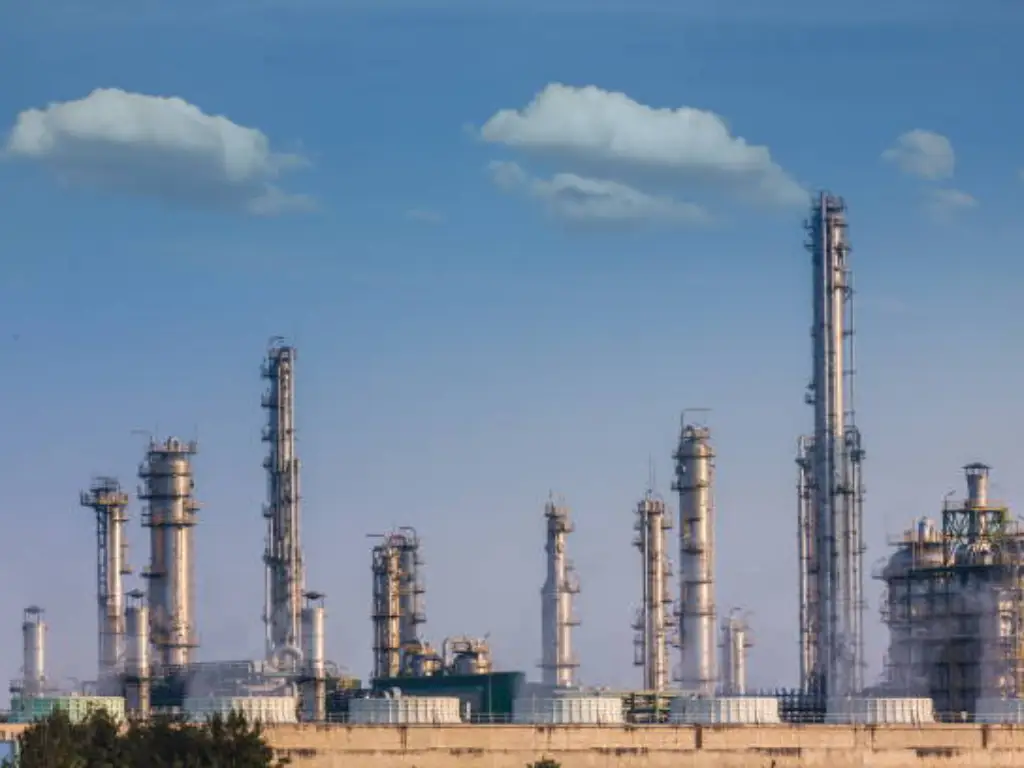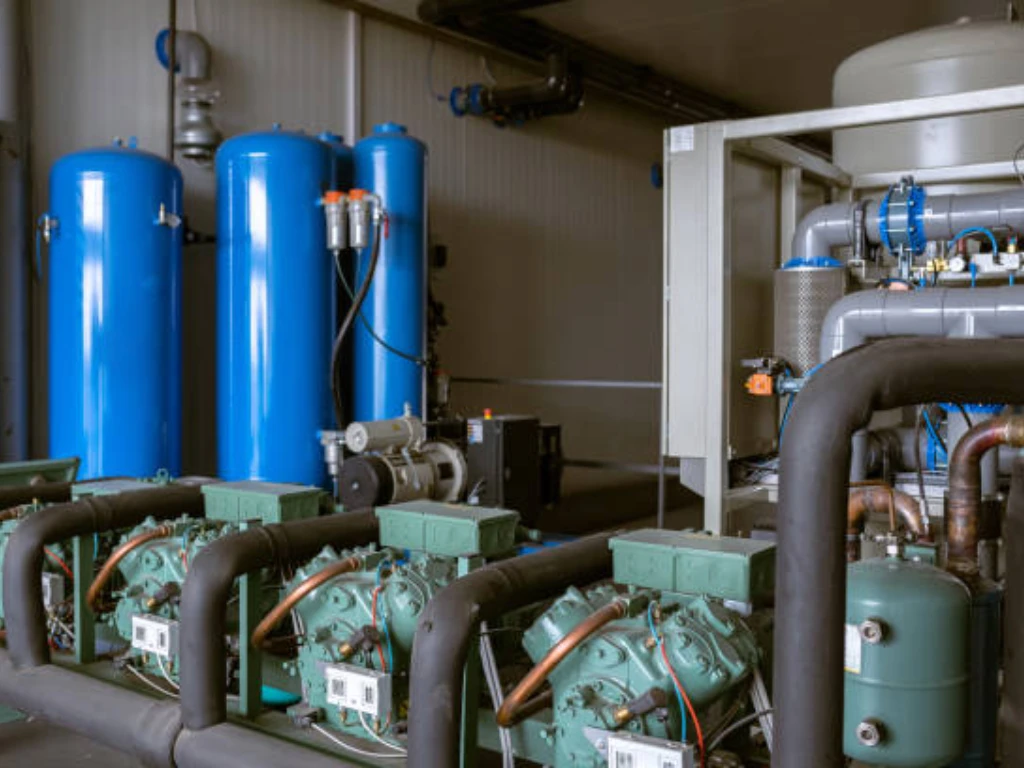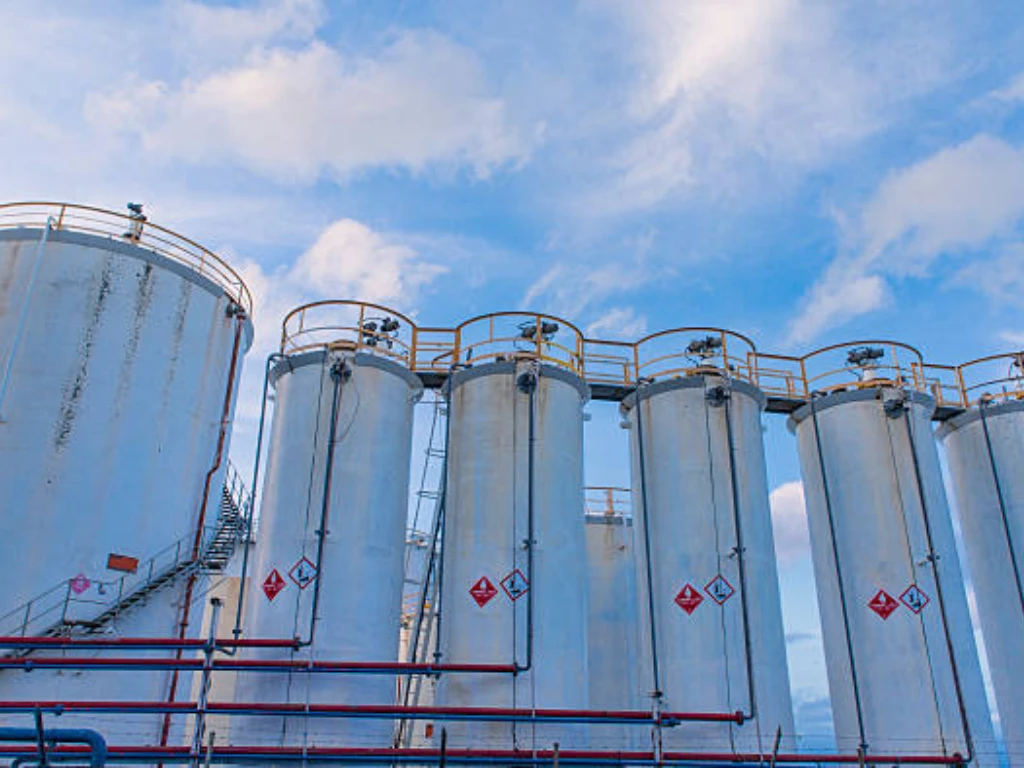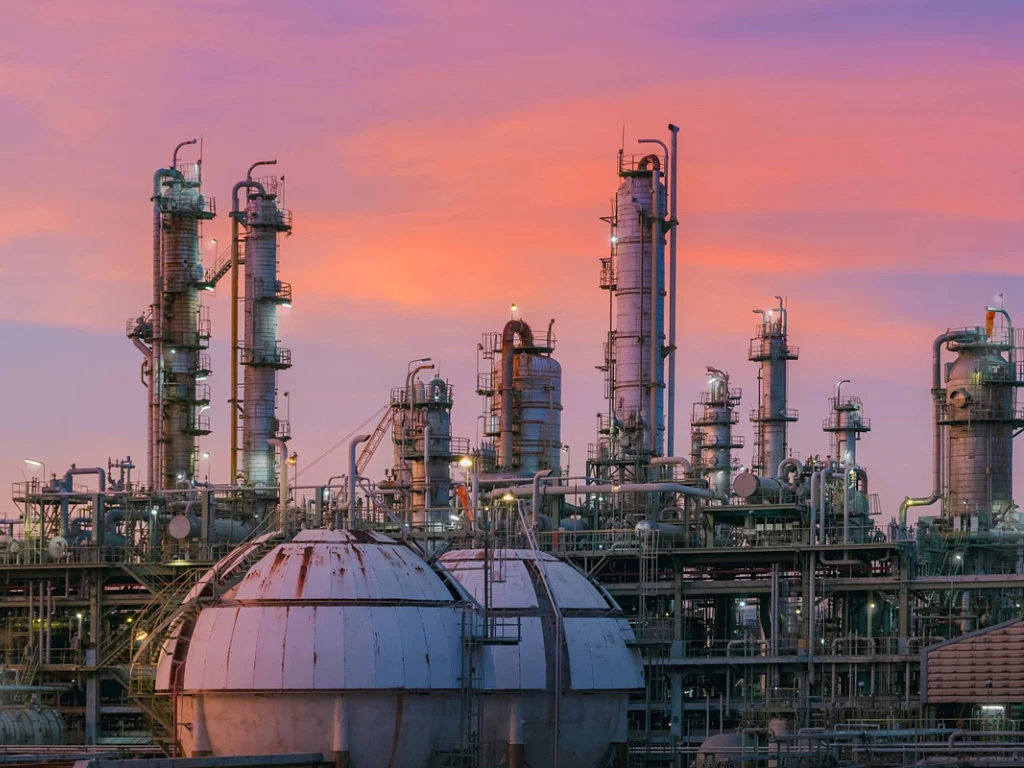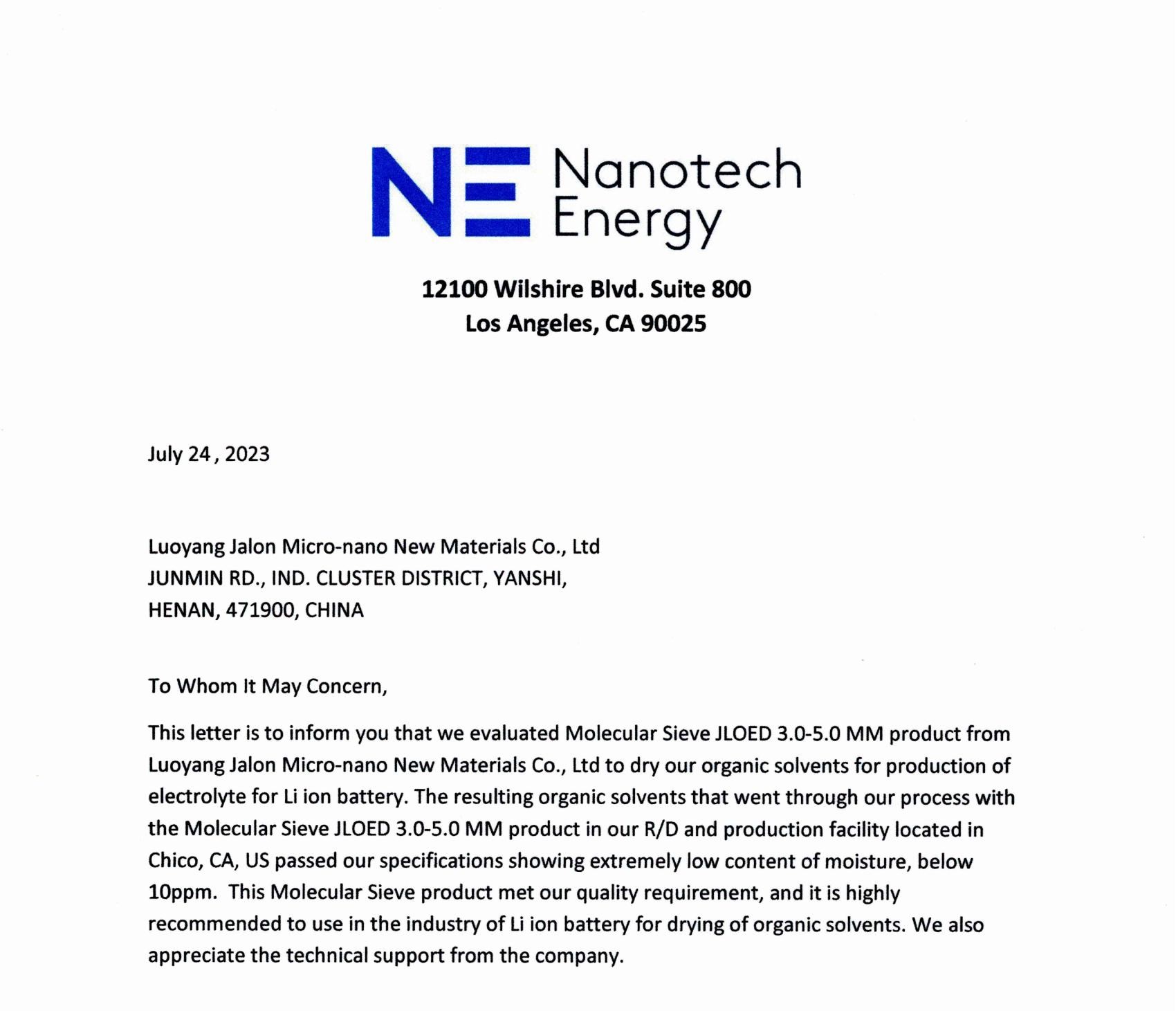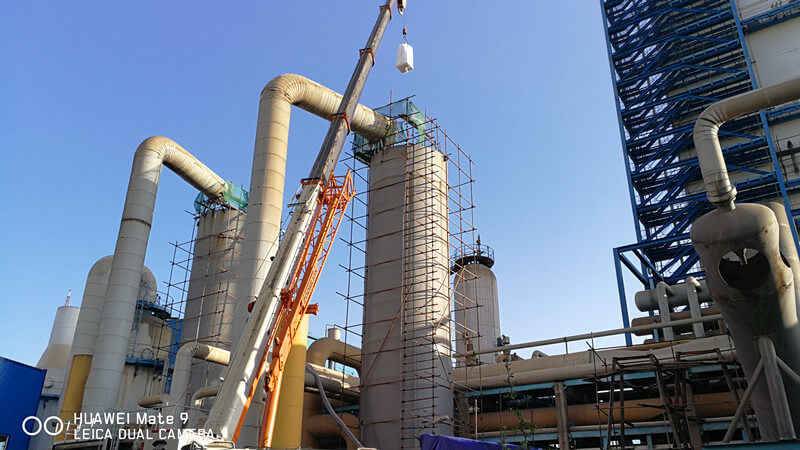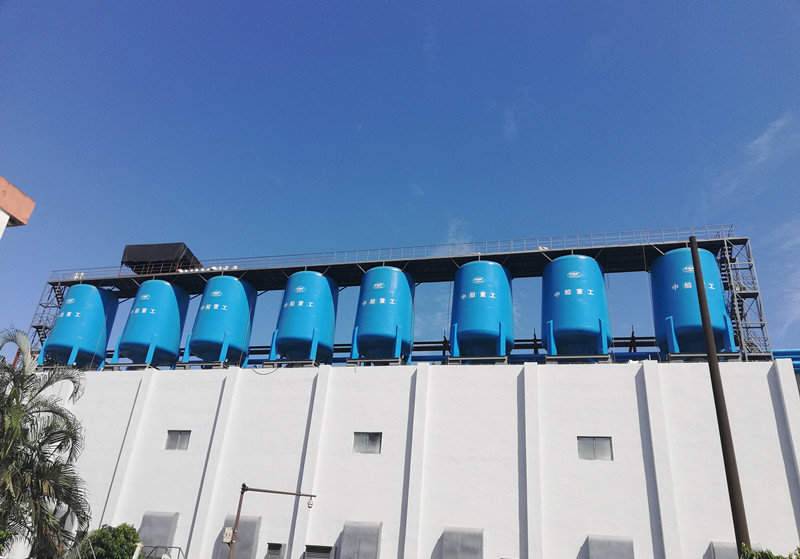Introduction
One of the most important stages in natural gas processing is natural gas dehydration that guarantees quality and efficiency before reaching our homes and industries. It entails removal of water vapor from the gas stream to avoid corrosion, hydrate formation, and reduced heating value. Molecular sieve adsorbents are one of the most effective ways to dehydrate natural gas because they have unique properties that allow them to remove water molecules from natural gasses. In this paper we will delve into basic principles underlying natural gas dehydration, various methods of dehydration as well as the critical role molecular sieve adsorbers play in it.
Molecular sieves are effective desiccants used in adsorption dehydration method which is commonly employed by natural gas industry players. These adsorbents’ uniform pore structure ensures selectivity for water molecules with exclusion of larger hydrocarbon molecules making possible efficient dehydration without significant loss of valuable components.

Understanding Natural Gas Dehydration
Natural gas dehydration is the withdrawal of water vapor from raw natural gas to produce dry natural gas, which can be transported and consumed. Often, raw natural gas holds water vapor, which can condense resulting in pipeline and processing equipment issues. The water content of raw natural gas ranges from 0.1 – 1.5 lb/MMcf (U.S. Energy Information Administration, 2020). The process of removing water vapour from natural gas intends at lowering the amount of this compound to a level that is acceptable by most pipeline quality standards is usually below 7 lbs/MMcf.
Dehydration must occur for various reasons. Water vapor could form corrosive compounds with acid gases like carbon dioxide and hydrogen sulfide that would corrode pipelines and equipment. It will also combine with heavy hydrocarbons to form solid hydrates at high pressures and low temperatures, which would cause plugging of pipelines thereby disrupting flow thereof. Also, water eliminates combustible components hence reducing heating value of natural gas when they occupy space that it could have filled. These problems can be resolved by taking-off water vapor through the process named Natural Gas Dehydration, thereby guaranteeing the substance of the fuel as well as its dependability on the market supply side.
Dehydration Methods in Natural Gas Processing
Various methods are used for the dehydration of natural gas, namely absorption dehydration (glycol dehydration), adsorption dehydration (solid desiccant dehydration), refrigeration and membrane separation. Natural gas industry usually employs the absorption method also known as glycol dehydration. For this reason, a liquid desiccant, normally triethylene glycol (TEG), is used to absorb water vapor from the wet natural gas stream in a gas dehydration unit. Although Glycol Dehydration is effective in removing water vapor from natural gas streams with outlet dewpoint temperatures as low as -10°C to -20°C, it has some limitations like the possibility of glycol losses, the need for regular maintenance plus high energy consumption during glycol regeneration in the regeneration section. The glycol purity and the efficiency of the glycol regeneration process can impact the overall performance of the gas dehydration unit.
Solid desiccants or molecular sieves which are made up of silica gel are employed in Adsorption dehydration or solid desiccant dehydration to remove water vapour from natural gas streams. Wet natural gas passes through an adsorbent bed where molecules mainly consisting of H2O come into contact with the surface of the porous material that collects them. Some advantages associated with adsorption include lower energy cost than for glycol-based processes, higher efficiency in terms of removal and the ability to achieve very low water dewpoint temperatures (-50°C to -100°C). These characteristics make Molecular Sieve Adsorbents highly effective at removing traces of moisture because they have highly absorbent pore structures. The dehydrated natural gas can then be further processed to recover natural gas liquids, which are stored in storage tanks.
In comparison with other methods such as refrigeration and membrane separation, Glycol and Solid Desiccant Dehydrations are more commonly used in natural gas industries. Refrigeration entails cooling the gases so as to condense out and separate the resulting liquid whilst membranous separation utilizes selective membranes that allow passage of water molecules but retain hydrocarbons.
| Characteristic | Absorption Dehydration (Glycol Dehydration) | Adsorption Dehydration (Solid Desiccant Dehydration) |
| Desiccant Type | Liquid (typically Triethylene Glycol, TEG) | Solid (Molecular Sieves or Silica Gel) |
| Desiccant Regeneration | Thermal regeneration (heating) | Thermal Swing Regeneration (TSR) or Pressure Swing Regeneration (PSR) |
| Outlet Water Dew Point | -10°C to -20°C | -50°C to -100°C |
| Energy Consumption | Higher (energy-intensive regeneration) | Lower |
| Maintenance | Regular maintenance required | Less frequent maintenance |
| Desiccant Losses | Potential for glycol losses | Minimal desiccant losses |
| Dehydration Efficiency | Moderate | High |
| Typical Applications | Initial water removal | Deep dehydration, final polishing |
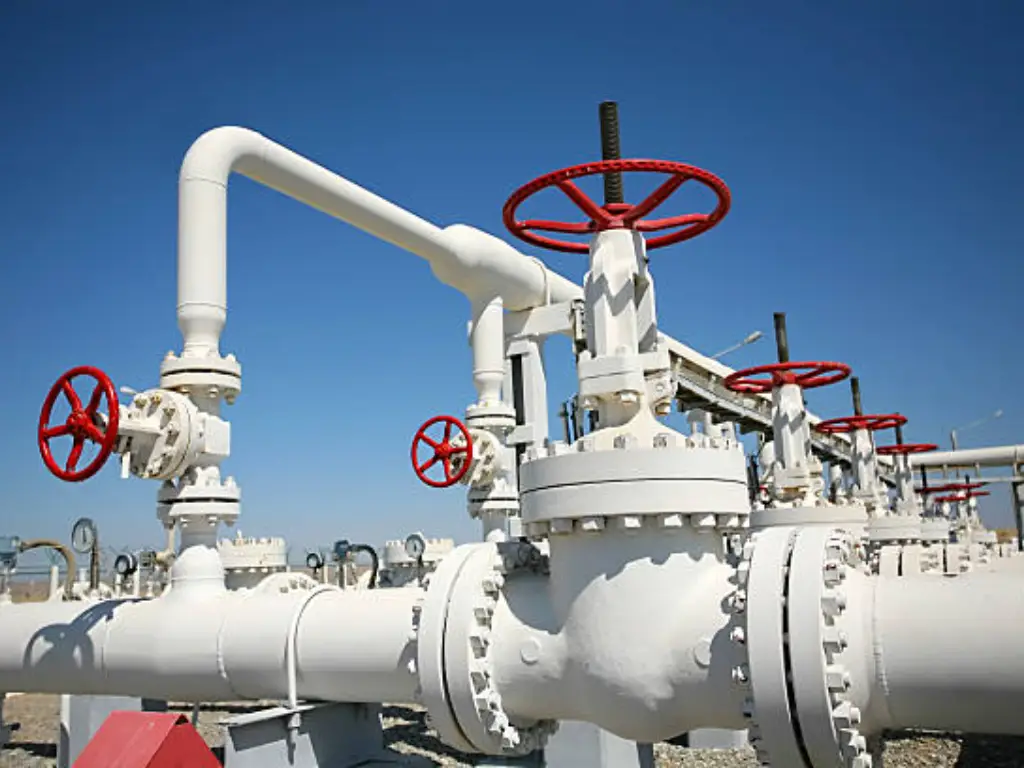
Implementing Adsorption Dehydration in Natural Gas Processing Plants
In natural gas processing plants, adsorption dehydration units are typically situated downstream of the initial separation and compression stages. Factors such as desired dew point, presence of other impurities and overall process flow scheme determine the placement of a dehydration unit. Adsorption dehydration may be used alongside other dehydration methods like glycol dehydration to get the necessary dew point; for instance, a good example is when a glycol dehydration unit removes water initially, then an adsorption unit is applied to polish up to stringent dew point requirements. In selecting and designing adsorption dehydrators that perform optimally and at minimum cost, factors such as rate of gas flow, moisture content of gas stream, regeneration cycle and required dew point have to be considered.
Dehydration through multi-stage adsorption can be used in applications where extremely low water dew points (below -100°C) are desired like in liquefied petroleum gas production or cryogenic processes. Multi-stage adsorption systems consist of two or more adsorber vessels connected in series; each stage aiming at achieving a lower dew point than the one before it. The first stage has the heaviest concentration of water vapor removed while subsequent steps continue with drying up process. It facilitates better utilization of adsorbent beds which enables reaching very low levels of moisture saturation. Different types of molecular sieves may be employed in different stages by multistage adsorption dehydrations systems to optimize performance frequently.
Adsorption Dehydration Process in Detail
Typically, ad adsorption dehydration system comprises of several main components such as adsorber vessels, regeneration system valves & piping, and instrumentation and controls. The adsorber vessels contain the solid desiccant beds usually molecular sieves or silica gels; which may be increased according to plant capacity and desired regeneration cycle. On the other hand, the regeneration system typically includes a regeneration gas heater, compressor and cooler that are responsible for heating up and cooling down of the regenerating gas used for removing water from saturated dessicant beds.
The adsorption dehydration process occurs in two main stages: adsorption and regeneration. It is during the adsorption stage that wet natural enters into an adsorber vessel containing a solid desiccant bed. When passing through the bed, gas carries away water molecules which are then attached on its surface whereas dry gases exude out of it again. In this case, all these processes are carried out until such time when water gets saturated in the bed of desiccants. Consequently, once saturation has taken place within a given desiccant bed; it means that this particular absorber vessel must be brought offline while awaiting for the purpose of being regenerated. A hot regenerating gas (usually part of dry product gas) is passed through the saturated bed to take away absorbed water from it.Tthe next step after obtaining clean air is to cool down regenerating air so as to condense . Finally ,take away separated condensed water vapor.The regenerated dessicant beds is cooled down ready for next ADSORPTION cycle.In some cases,two or more parallel adsorber vessels may be used so that one can always remain in operation using another one(s).

Molecular Sieve Adsorbents: A Focus on Adsorption Dehydration
Molecular sieve adsorbents are crystalline aluminosilicates that have a regular pore structure enabling them to selectively adsorb molecules based on their size and shape. These adsorbents are made from natural or synthetic zeolites and have three-dimensional network of interconnecting pores and channels. The commonest molecular sieve used in dehydration of natural gas is zeolite 4A, which has a pore diameter in the order of four angstroms (Å). Molecular sieves show strong affinity for water due to their hydrophilic nature and the strong interactions between the water molecules and the zeolite framework, making it possible for them to effectively remove water vapor from low concentration streams of natural gas.
In comparison with other desiccants in natural gas dehydration, there are several advantages associated with molecular sieve adsorbents. They have high specific surface area as well as pore volume which enable them to adsorb large amounts of water vapour per unit mass of adsorbent. Efficient dehydration without substantial loss of valuable components depends on selective adsorption of water molecules by uniform pore structure of molecular sieves while excluding bigger hydrocarbon molecules. Molecular sieves can be regenerated at lower temperatures (150°C – 300°C) compared to other desiccants thus reducing energy consumption and operation costs (Chemical Engineering Transactions, 2017). With proper regeneration and maintenance, molecular sieve beds can last for several years thereby minimizing the need for frequent replacements. Furthermore, molecular sieves also possess higher capacities for dehydration so that smaller units could be deployed leading to reduced footprints as well as capital costs associated with infrastructure required for involved gas processing plants.
The choice of a suitable molecular sieve type for natural gas dehydration service is influenced by various factors such as gas composition, operating conditions, desired dew point, and regeneration method. Consulting with the producers of molecular sieves and performing pilot-scale tests can be helpful in determining the most appropriate adsorbent for a given natural gas dehydration application.
Regeneration of Adsorbents in Dehydration Process
During the adsorption dehydration process in natural gas treatment, the regeneration step is a paramount aspect for continuous, efficient operation of the unit that dehydrates off water, ensuring the gas meets the required water dewpoint specification. The regeneration procedure in the context of natural gas dehydration involves desorbing the absorbed water from the water-saturated molecular sieve bed after which its adsorption capacity is rejuvenated so as to be used for another cycle. This is necessary to keep the water dewpoint at the desired level in natural gas streams and avoid hydrate formation and corrosion issues related to downstream processes, while also minimizing the investment cost (Chemical Engineering Transactions, 2017).
Two main methods are employed in regenerating natural gas dehydration systems: thermal swing regeneration (TSR) and pressure swing regeneration (PSR). In TSR, hot regeneration gas or a portion of dry product gases are used to heat up saturated molecular sieve beds until they can desorb adsorbed water, reducing the water concentration in the vapor phase. Regeneration temperatures range from 150°C to 300°C, depending on the type of molecular sieves as well as the level of dehydration required to achieve the desired water dewpoint. Alternatively, PSR entails reducing pressure within the saturated molecular sieve bed so that adsorbed water gets desorbed, removing free water. This means that the bed is isolated from the high-pressure feed gas, then depressurized to a lower pressure close to atmospheric pressure. Natural gas dehydration mostly employs TSR because it achieves very low water dewpoints below -60°C needed for natural gas processing.
Maintaining long-term performance and service life of molecular sieve adsorbers during their use in natural gas dehydrators requires proper regeneration. Inadequate or inefficient regeneration may result in reduced adsorption capacities gradually and a drop in the efficiency of drying, resulting in higher water concentrations in treated natural gases. It may lead to problems during operations with non-compliance to pipeline specifications. To ensure that reliable performance occurs within an adsorption dehydrator, as well as good quality dry methane production, some regular monitoring, optimization of the regeneration process, and periodic change-out become absolutely necessary.
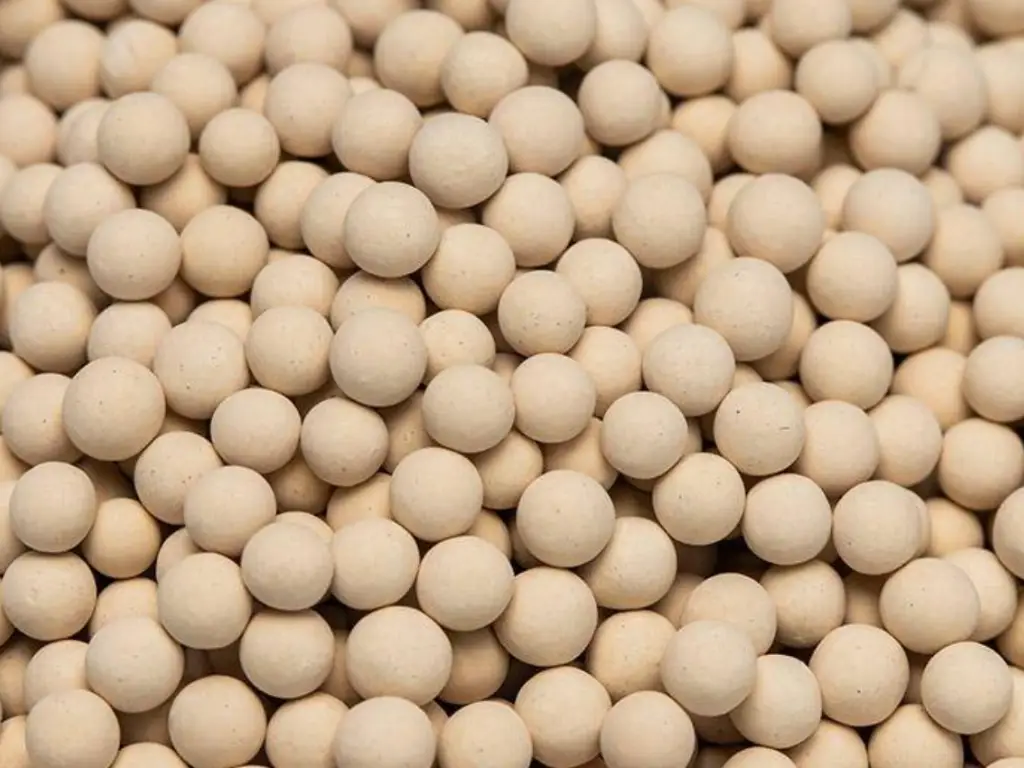
Choosing Jalon as a Reliable Molecular Sieve Supplier for Natural Gas Dehydration
In the case of selecting a dependable provider of molecular sieves for drying natural gas, Jalon is an industry leader in high quality molecular sieve products. With high tech production equipment and a strong emphasis on research and development, Jalon provides molecular sieves specially designed to ensure that natural gas processing applications are efficient and reliable. For people looking for superior molecular sieves for natural gas dehydration, working with Jalon may be the key to maximizing dehydration efficiency and ensuring long term profitability.
Conclusion
Adsorption dehydration, which employs molecular sieve adsorbents, is a very effective method for natural gas dehydration that is important for the quality and reliability of our natural gas supply. For instance, molecular sieves have characteristics such as uniform pore structure, high adsorption capacity and selective adsorption which make them best placed to eliminate water vapor from natural gas streams. In light of this rising demand for clean and efficient energy resources, adsorption dehydration stands out as the preferred way to address the future needs of the natural gas industry since it has been proven to be a cost-effective and versatile technique.

